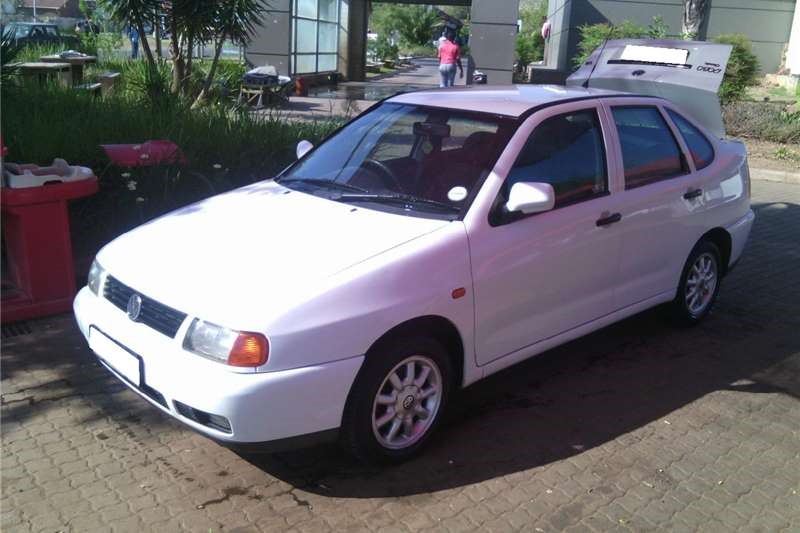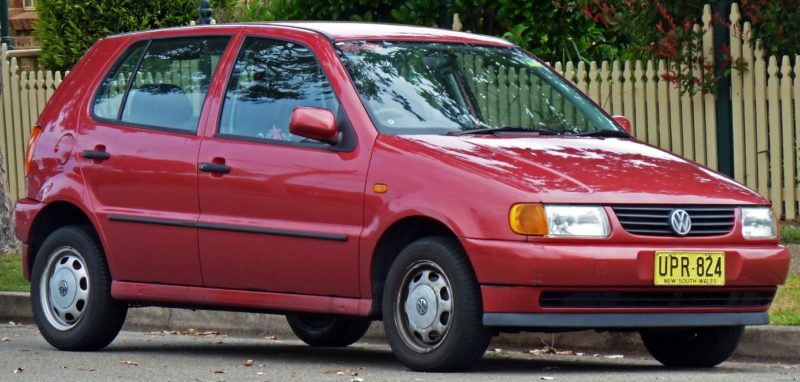Catalyst 6N0131701AA/J26/WWO GERMANY/ICP is the catalyst used by the Volkswagen brand. It is characterized by small dimensions – it measures about 35 cm long, and the weight of its contribution is up to 1.235 kg. Has a symmetrical, round shape. It is distinguished by a silver, perforated housing. For this catalyst, the housing fall is a fairly common problem. It is worth selling such a catalyst at a collection point where such a defective part will be recycled. Due to the lack of a cover, only an expert is able to correctly recognize this model and price it accordingly. The model was installed in cars Volkswagen Polo 1.4, petrol version from 1997.

We have already written about the Volkswagen Polo on the occasion of the article on catalyst number 6N0131701AA/J28WWO. Today we will look at the third generation, because it was during its duration that Polo was equipped with this model.
Third generation Polo it was also marked with the symbol 6N and was offered with a three- and five-door hatchback body, a four-door sedan, and a five-door station wagon, the so-called “Polo Variant”. These last two body versions are derivatives of the first generation Seat Cordoba. The van version was sold under the name Volkswagen Caddy. A shortened version of the third generation Polo platform was used in the construction of Volkswagen Lupo and Seat Arosa models.
Gasoline engines are :
* 1.0 liter with 45 or 50 HP,
* 1.3 liter with 55 hp,
* 1.4 liter with 60, 75 or 100 HP and
* 1.6 liter with 75, 102, 120 or 125 HP.
They all had two valves per cylinder, except 1.4 with 75 and 100 HP and 1.6 with 120 or 125 HP, which had four.
Diesel engines are:
* 1.7 liters with 60 HP,
* 1.9 liter with 64 hp or version with 90 or 110 hp turbocharger and
* 1.4 liter with turbocharger, 75 hp.
In the mid-1990s, Volkswagen found it attractive to fill some niches on global markets with a Polo sedan, just like the previous two generations. In contrast, however, Volkswagen did not want to risk investing a significant amount in the development of a new elongated Polo body (type 6N), so he decided to develop this model by modifying an existing car (SEAT Cordoba 6K / C). However, since this model was already generally known, Volkswagen decided to make major design changes to make it easier to distinguish them. The Seat grill has been replaced with a grill that can be clearly distinguished as Volkswagen.
In October 2000, this model was slightly redesigned. Although not as extensive as the one we know of Polo (Type 6N2), it included a new windshield installation, more in line with the rest of the body, a new dashboard with a design inspired by Lupo, new emblems, new designer exterior mirrors (similar to those , which we have already seen in Golf and Passat (Type 3B), as well as a galvanized steel body, as it has already been disclosed in the fourth generation Golf and Bora.
What can be said without a doubt about the Polo III model is that it is an affordable car to buy and maintain. Mechanically simple, yet agile and lively. Often chosen as the first car upon receipt
The model works well not only in the city, but also in the field. According to drivers, it is good to drive, which is influenced by great visibility in the rear and side windows and a small turning radius, and the undoubted advantage is the low weight of the vehicle and well-made suspension. The problem that affects most owners of this model is corrosion, which covers the sills, chassis, trunk lid, wheel arches and even the roof. The biggest disadvantages include low noise level – over 2,500 revolutions it’s hard to talk to fellow passengers, not very comfortable rear seats and poor quality of the gearbox.




 Phone number:
Phone number:  E-mail:
E-mail:  A stationary point:
A stationary point:  Getting from the customer:
Getting from the customer:  XRF analysis spectrometer:
XRF analysis spectrometer:  Valuation by numbers:
Valuation by numbers: 